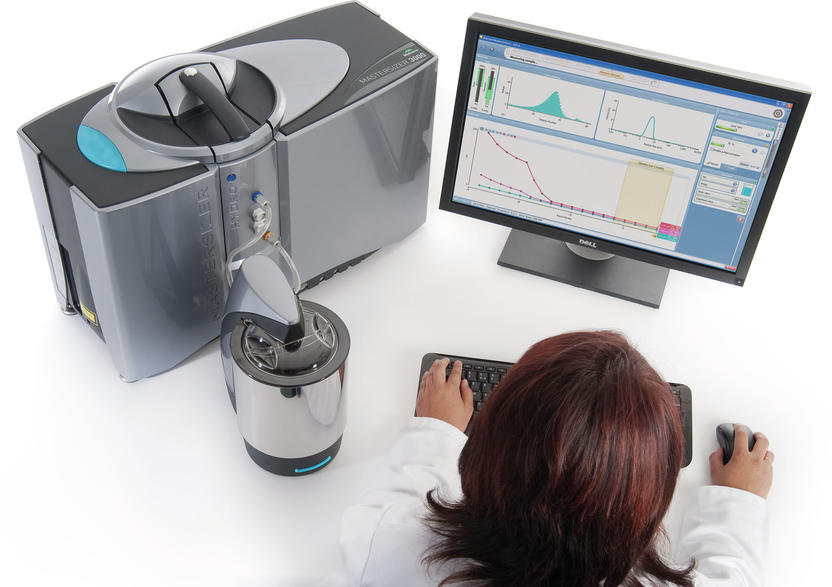
Cascade impactors are based on inertial separation and allow direct measurement of mass-weighted aerodynamic particle size of drug substance in aerosols. The ability to determine the aerodynamic particle size is of particular importance, for instance to characterize orally inhaled dosage forms, as the knowledge of this parameter is quite useful for predicting the regional deposition of the particles in the human respiratory tract. The chapter describes the light microscopy-based methods and the incontrovertible light-scattering methods. It addresses the basic concepts associated with particle sizing, providing a basis to understand the most important details associated with particle sizing data and its interpretation. Particle size analyzers work in many areas of research. This chapter introduces the problem of particle sizing in the domain of the pharmaceutical industry. Particle analyzers determine the size and distribution of particles in a material. Continually, to the specifications of ISO 13320 "Particle size analysis - laser diffraction methods" the requirements and limits are considerably outmatched.Knowledge and understanding of particle size data is crucial in a wide range of industries, being vital for the pharmaceutical industry, with applications from drug development to production and quality control. The Mastersizer 3000 laser diffraction particle size analyzer delivers rapid, accurate particle size distributions for both wet and. The use of more stable inversion procedures in combination with best optical models and the inclusion of signal statistics brings the laser diffraction even closer to absolute standards. Continually, industrial requirements and limits are considerably outmatched. Laser diffraction is now even closer to absolute standards. Latest improvements comprise enhanced application of parameter-free Fraunhofer evaluation down to the submicron regime (below 1 µm). It is recommended to use sieves with hole diameters of 3.15, 16, 31.5, 45, 63 and 100 mm, if the measurement aims at the determination of conformity. What does Particle Size mean Information and translations of Particle Size in the most comprehensive dictionary definitions resource on the web. Particle size significantly affects material properties such as chemical reactivity, bioavailability, dissolution and crystallization rates, stability in. The particle size of solid biofuels and particle-size distribution are determined for a sample of at least 8 L with sieving methods and sieve series selected according to the standard ISO 3301. The R-series of our particle size analyser HELOS sets new benchmarks for precision and accuracy. Definition of Particle Size in the dictionary. For this reason, particle size distribution must be measured when handling powders.

.jpg)
Extremely short analysis times – especially for dry dispersion – are maintained and even for the combination of four measuring ranges the time requirement typically necessary for suspension analysis is kept. Particle size distribution is a property unique to powders and is an important physical property for determining the behavior and nature of powders. Best possible agreement with absolute values is achieved using the more powerful evaluation algorithms of FREE and MIEE. The SMPS system gives high size resolution but requires an aerosol to be stable over a long time period to make a particle size distribution measurement.


 0 kommentar(er)
0 kommentar(er)
